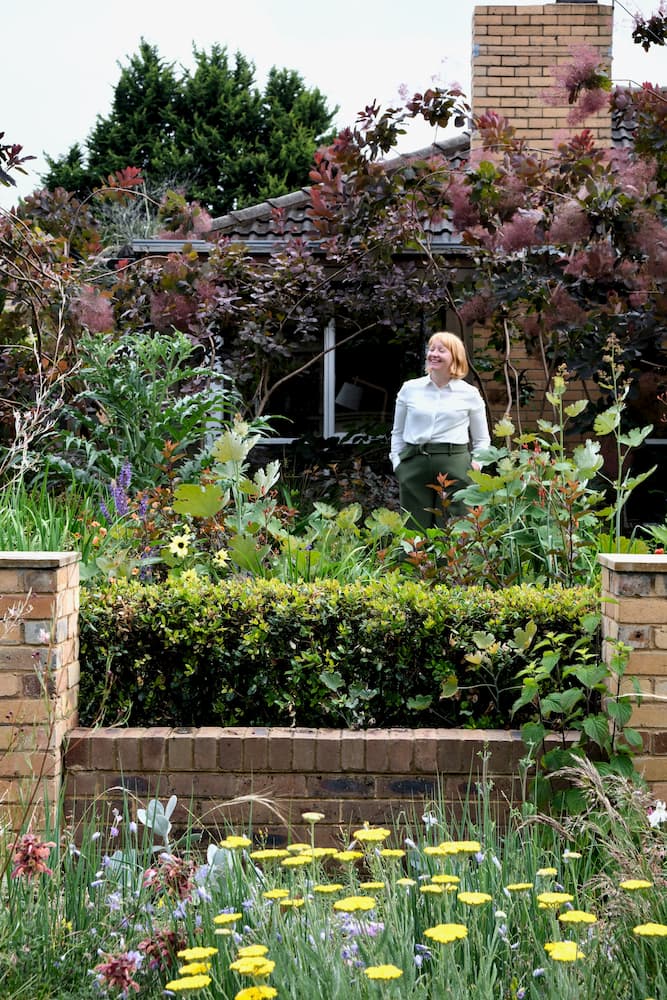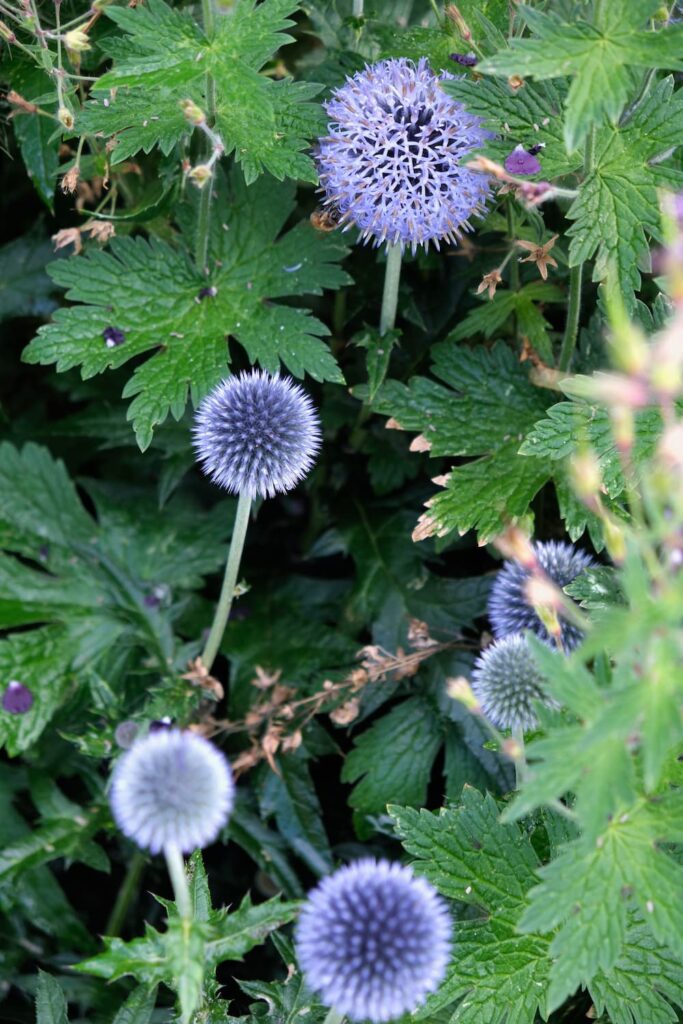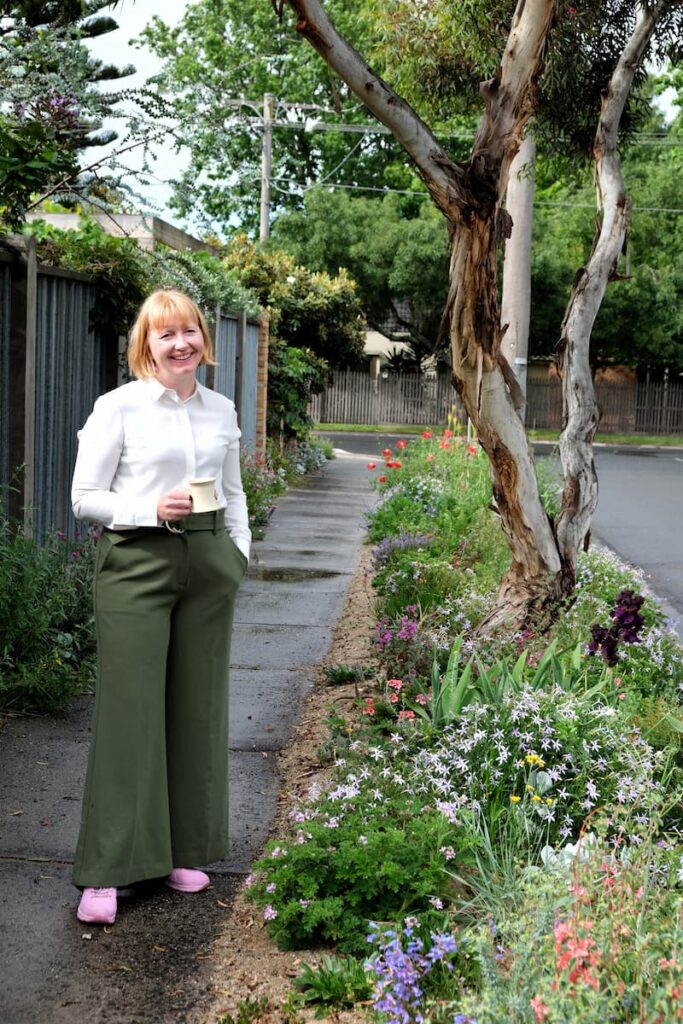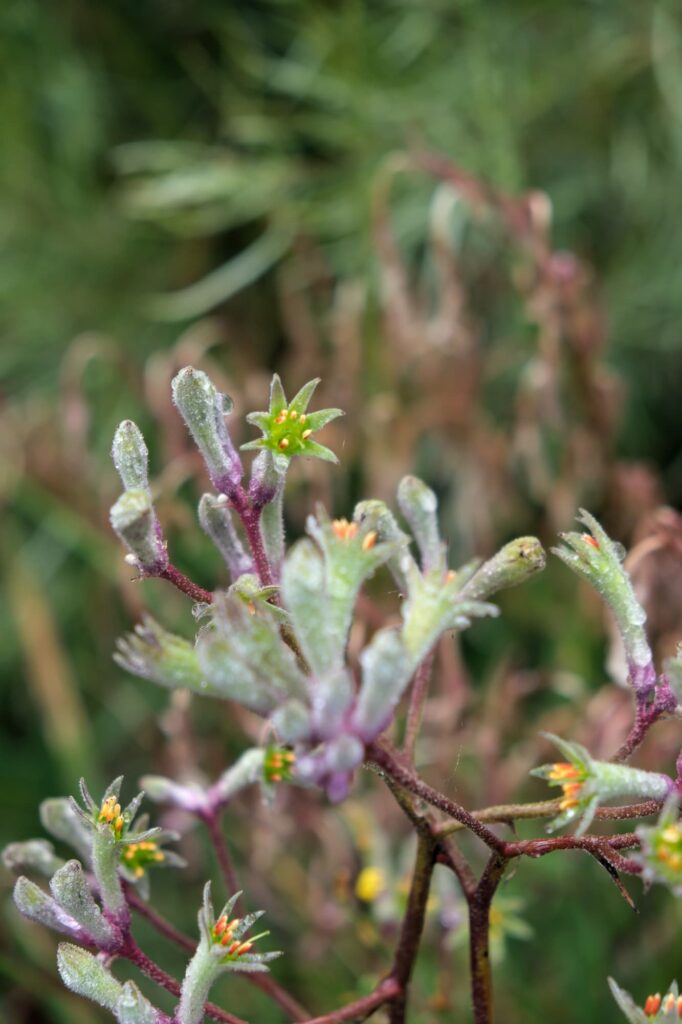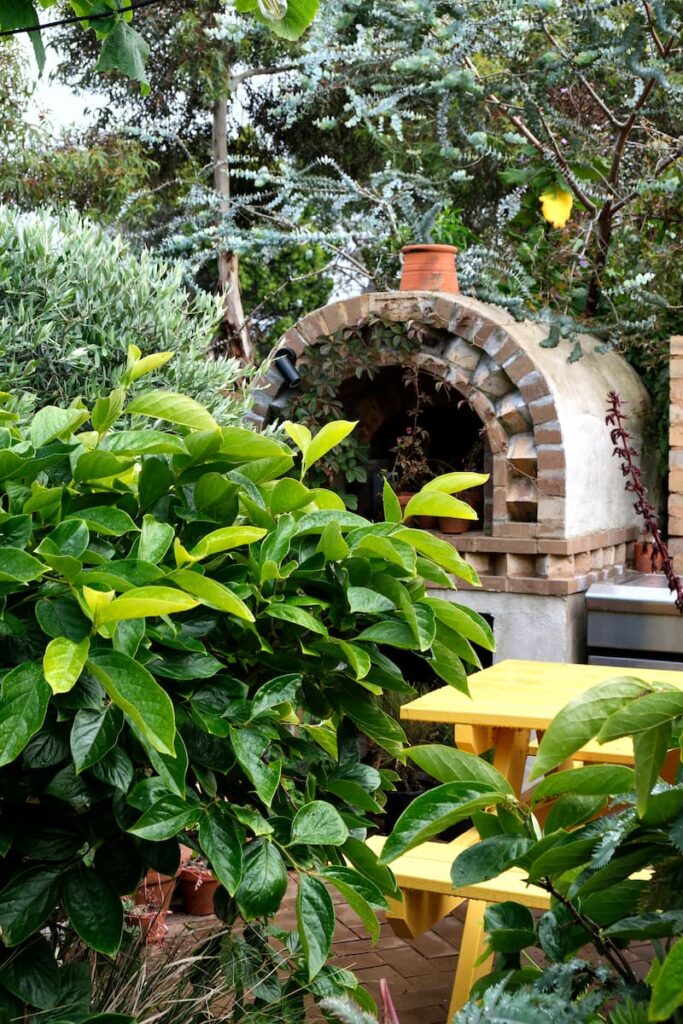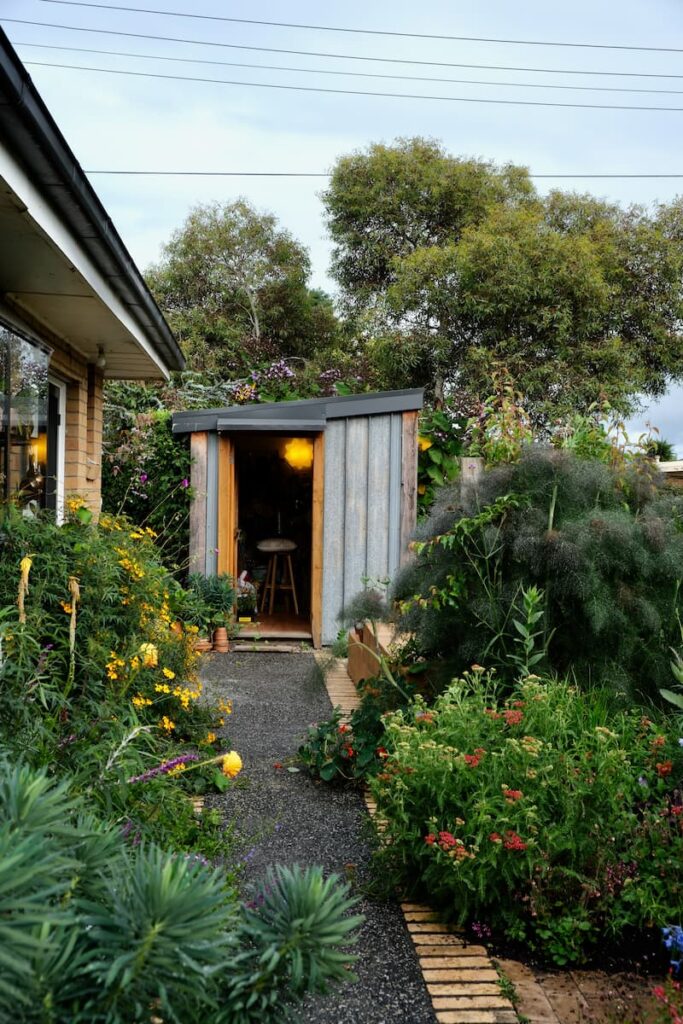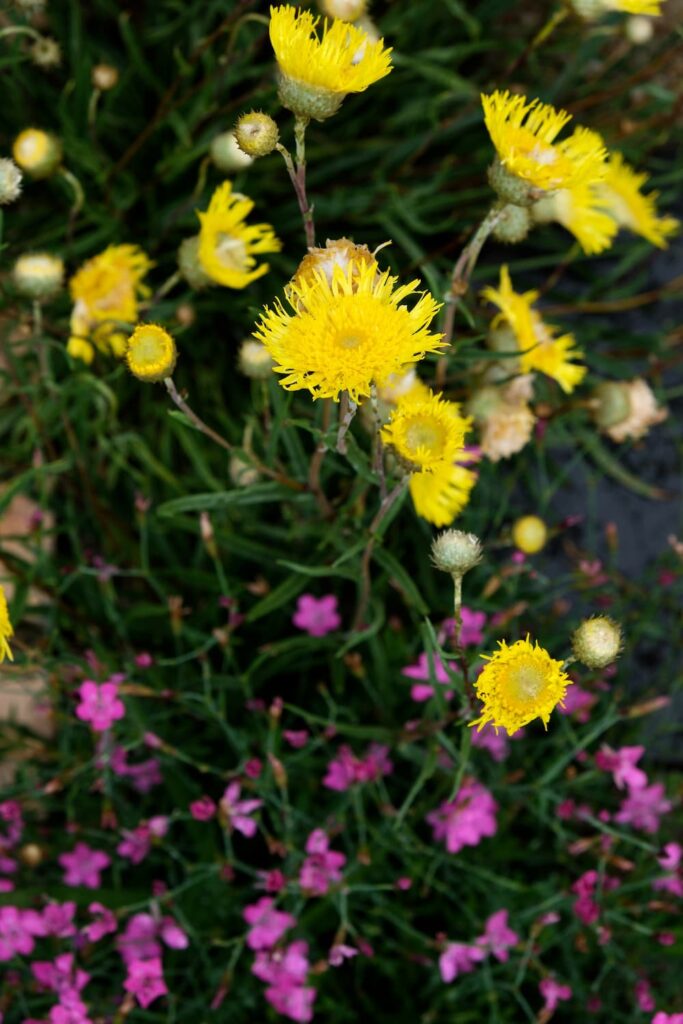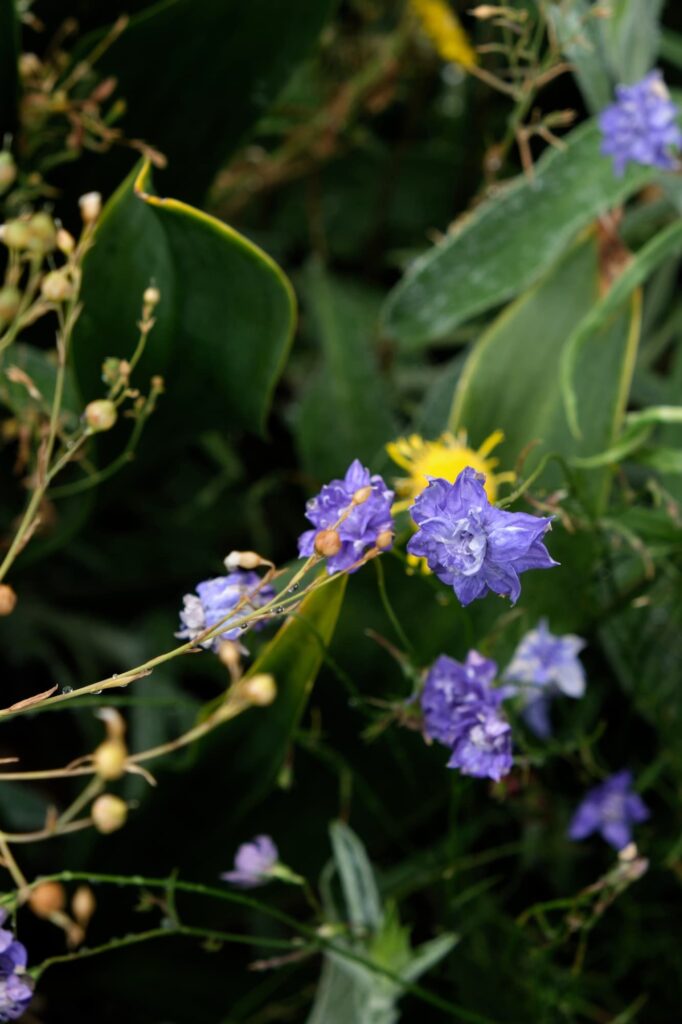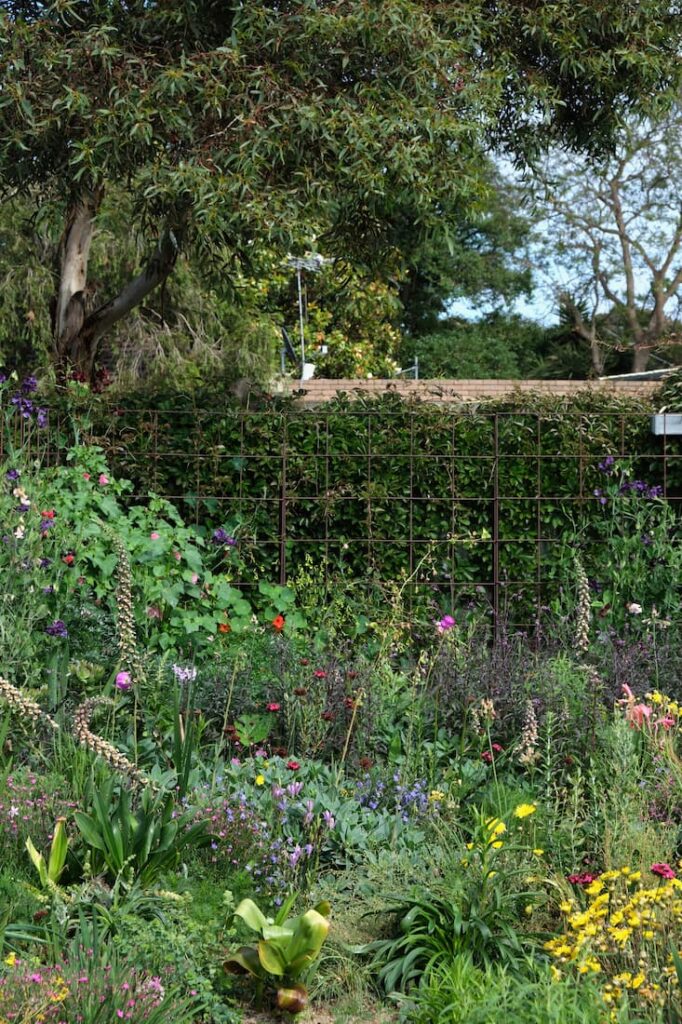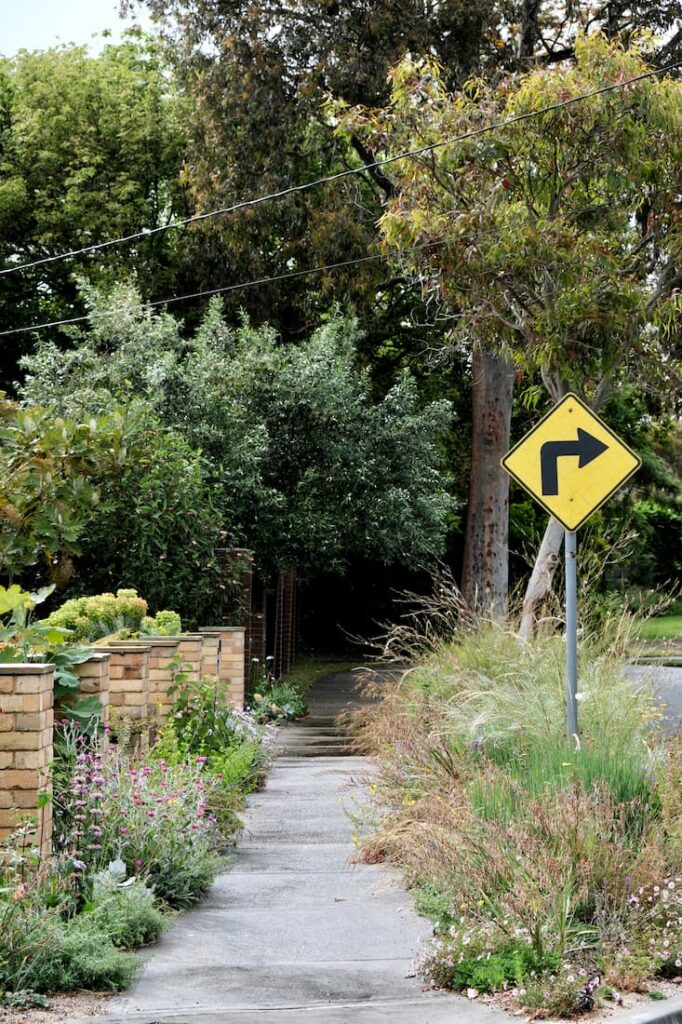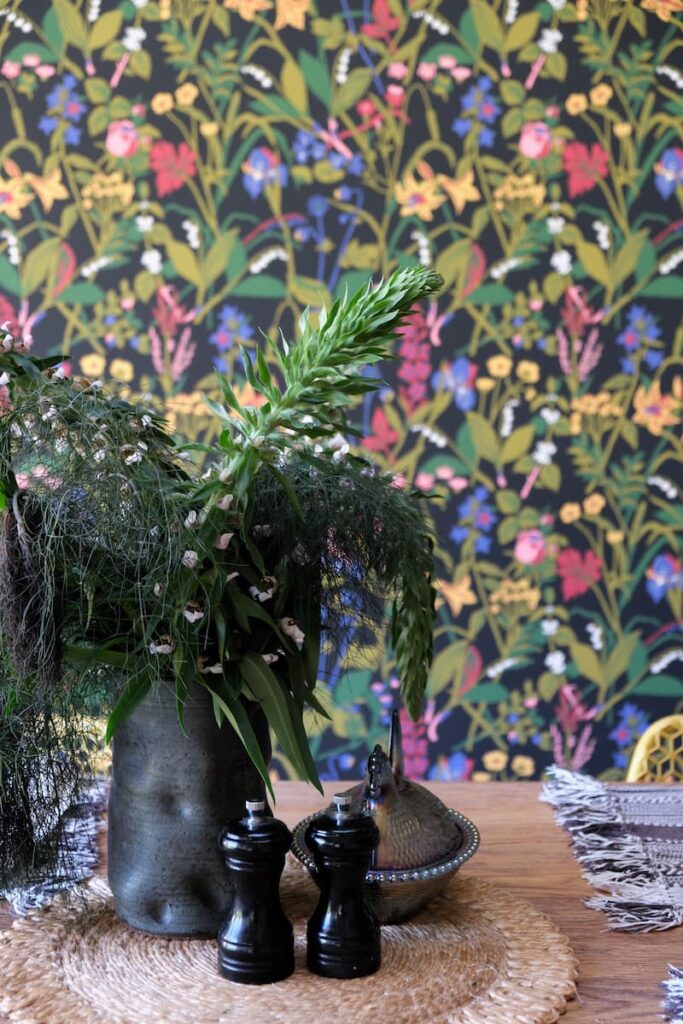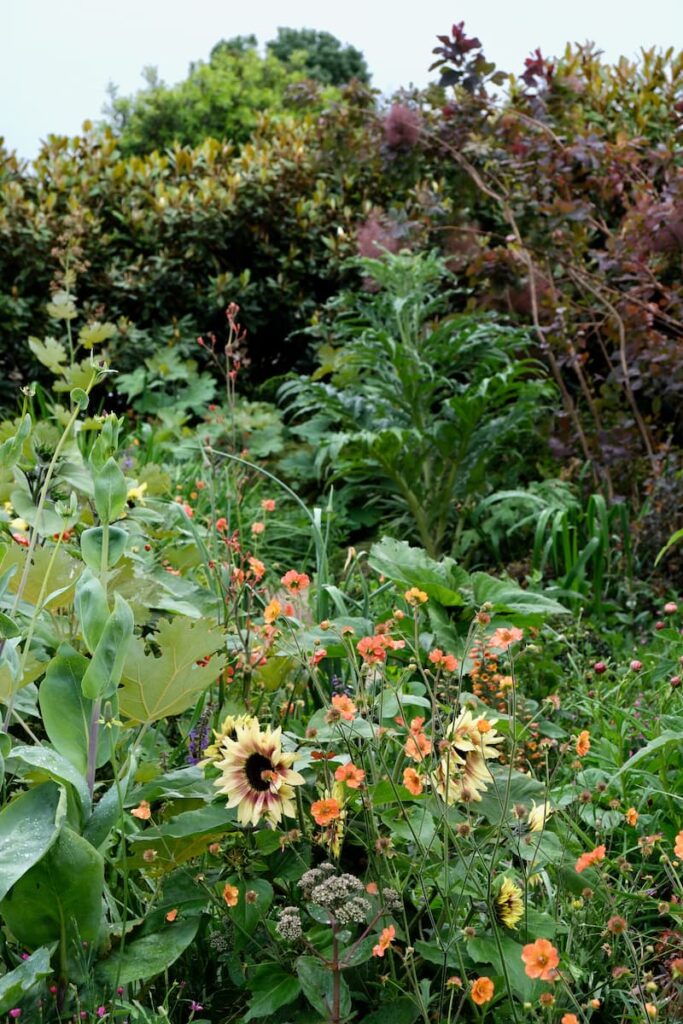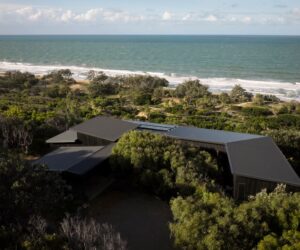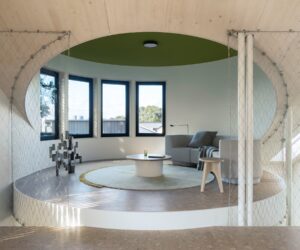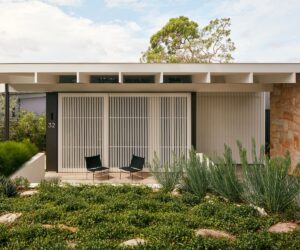Beta Planting—Experimental Garden in Frankston
An experimental garden in Frankston provides plant information to one of our most exciting gardeners, Jac Semmler.
Heartland is the wild and beautiful garden of one of our most passionate and exciting plant practitioners here in Australia, Jac Semmler. Jac brings her years at the Diggers Club and wealth of experience in community programs and education to her nearly new practice, Superbloom, and she uses her garden at home to explore and experiment – not only with plants, but with people too.
Jac pays attention and gauges reactions to the people who visit (or pass by) their place, and to see what people make of her glorious demonstration of what can be done on a modest block in funny old Frankston in Melbourne’s south… then incorporates it into her practice. It has been extremely well received and she recently published a book and handguide to show how it can be done at yours. “Because we work with the public at large in our practice, rather than restricting our feedback to garden nerds who work with plants all the time, we want to know what everyday people think,” Jac says. “It was really surprising how beauty and diversity in dense plantings has invoked a really strong ‘human’ response from the people in the area. We have neighbours on ‘flower watch’ … people will point out [plants] that have started flowering that I haven’t noticed myself!”
Jac and her partner have been in the house for about four years. When they moved in it was mainly lawn and concrete. They kept the pergola, some paving, the hedging and the magnolias. “It’s amazing how quickly plants can just change a place,” she says. “I ended up going on the verge because we just ran out of space. I wanted to try more different planting designs. I wanted to experiment with what naturalistic plantings look like in Australia and how that works in a dry summer climate. Going out into the verge and creating these gardens to explore that – it was interesting to watch how our neighbours would perceive it. This is a low socio-economic area, I thought ‘okay, I can see mainly lawns and roses, I’m going to create something wild and beautiful here [but] what are people going to think of it?’”
Although Jac acknowledges that they did a lot of work, she insists that the transformation has just as much to do with when and how you do the work. Something her book shows readers how to do.
“This garden – I can’t really articulate how important it is to our practice, because you’re part of plants every day,” she says. “Even if you’re not directly creating a planting design in your garden that you are then going to use elsewhere – all of the thinking, the thinking through doing, all the ideas that you generate through that active practice of gardening translates into our thinking with projects,” she adds. “We’re doing really interesting work – as gardeners – with landscape architects. For me it’s all about plants for the people. The books are one way of engaging people in the world of plants and starting them off on their journeys, especially super beginners. I see them as a gateway of wonder and beauty, so that people can get started but we can also explore different styles and ways of planting in Australia that embrace who we all are and our context as well.
Jac has noticed in large urban projects throughout Australia that they are the same pick of plants that are just used everywhere. “We feel that now more than ever and into the future, public spaces are where it’s going to be at for a lot of people. People won’t have their own homes, gardens will become more temporal, and we need these vibrant beautiful landscapes that everybody can access,” she says. “Why can’t we have beauty and resilience, why can’t we have beauty and biodiversity? We don’t have to have just native gardens for native purposes, we can have more of a nuanced approach to planting.”
Superbloom has a philosophy that ‘teams make planting dreams’. Jac believes that no gardening practice will know everything about landscaping, but they can bring their ideas to projects for a rounder, more nuanced outcome. Jac recognises that plant practitioners have a lot of assumptions about what the public wants, something she thinks is true for any kind of practice. She jumps at opportunities for testing and reconsidering these. At the recent Melbourne Flower and Garden show, she worked with Hassell and The University of Melbourne to present a public demonstration garden. She calls it Maximal Planting – the garden was an abundant mix of Australian, as well as introduced, plants. “It was actually overwhelming,” she laughs. “You have these theories in your head about what you think will be well received, but I wasn’t expecting how much the public really loved it. They absolutely loved it.”
As our knowledge and expertise with the plants of Australia grows, Jac and her team at Superbloom are excited about a more nuanced and collaborative future of garden design for us.
